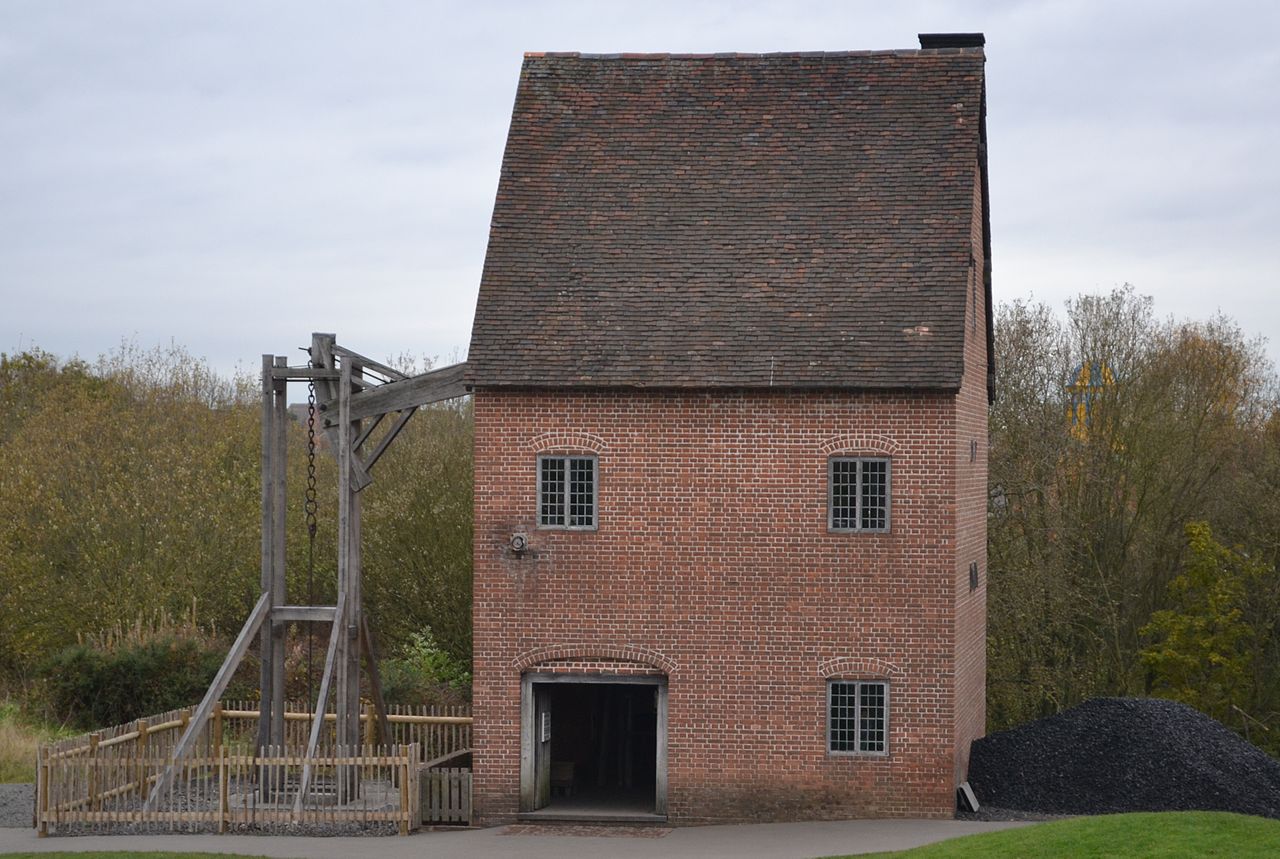A stylized animation of Newcomen engine that I made a while back.
Newcomen engine is one of the first viable steam engines originally made in 1712 in England to pump water out of mines.
Unlike later steam engines, it was an “atmospheric engine” in which the power stroke was produced by the steam condensing into water and thus creating a vacuum; the atmospheric pressure then pushed the cylinder down, moving the big beam.
It was extremely inefficient by modern standards, but that wasn’t a big deal if it was sitting next to a coal mine.
Some fun details
- This engine is shown pumping the water out of a mine. The bulk of this water was discarded, but some was pumped up to a container at the top that would feed the engine.
- If too much air got into the main cylinder, it would stall. That’s why you see the engine leaking a bit of steam through a pipe when it’s inflating - to make sure that there’s minimum air in the main cylinder. The valve that the steam is leaking from was called the “snifting valve”.
- The big vertical plank that moves up and down is called the “plug tree”.
- The little stream of water on top of the cylinder is there to create an airtight seal.
- Fire is really painful to animate by hand if you don’t have any animation experience.
Not shown in the animation is an avanced feature of some of the engines: a pressure-controlled valve that helped refill the water in the boiler.
The animation above is rather stylized. This sketch from a 1868 book shows what it actually looked like on the inside.:

Though typically the boiler, the pipes, and the switches would be enclosed in a brick structure like the one below. You can see the same engine in action in this YouTube video.
